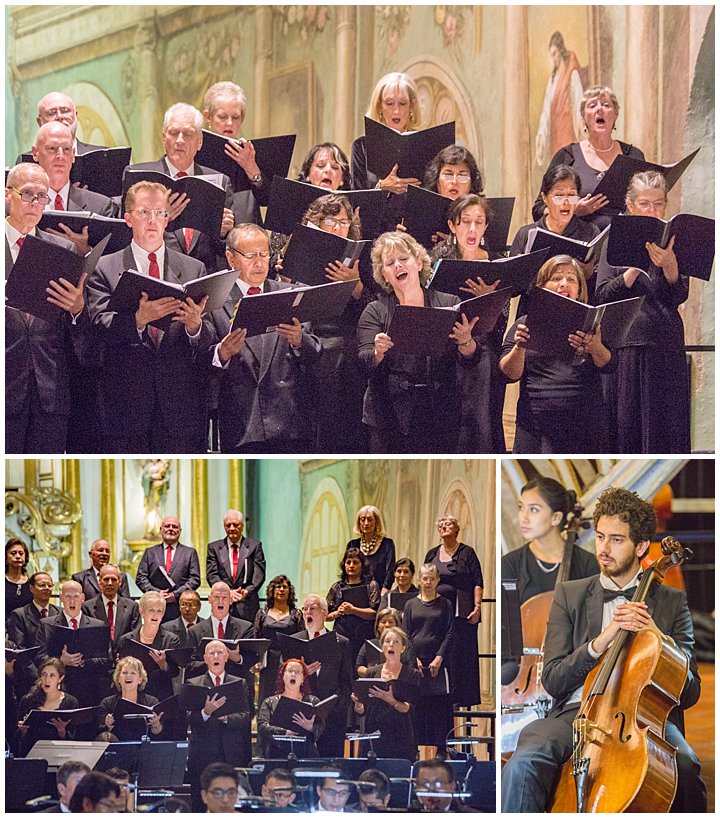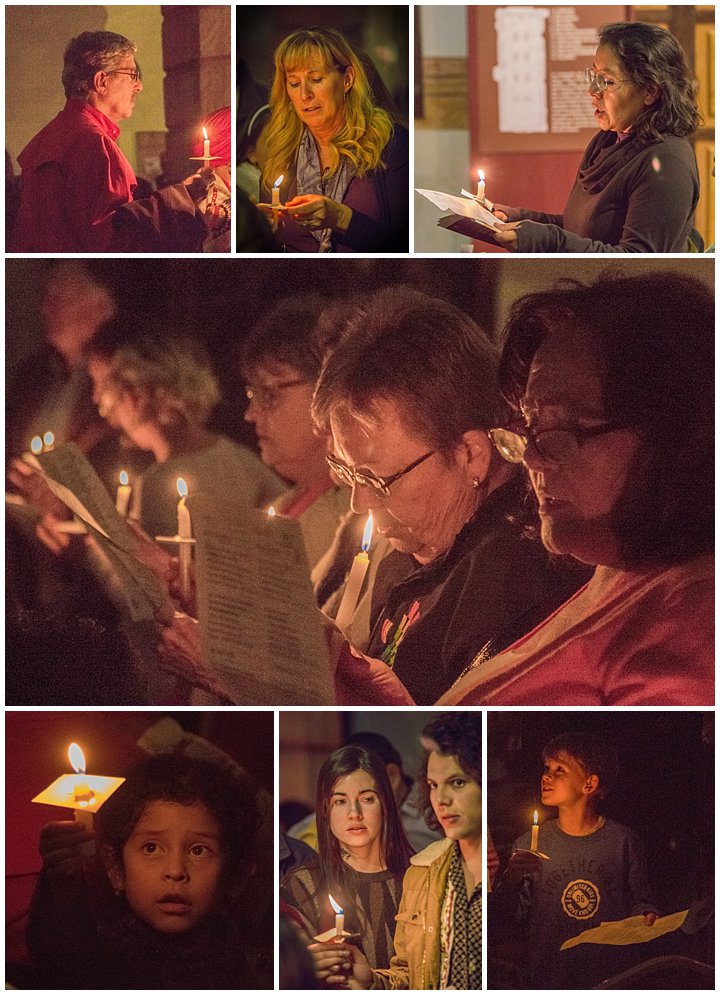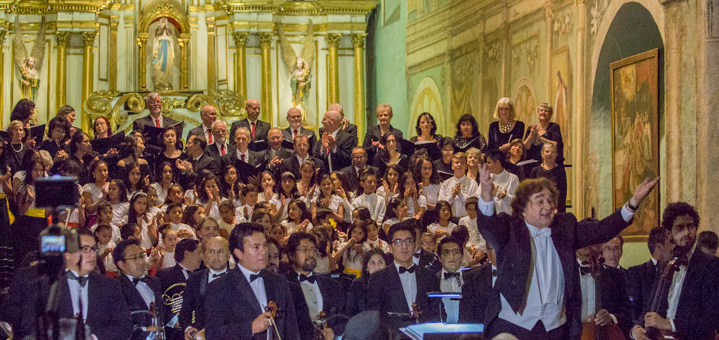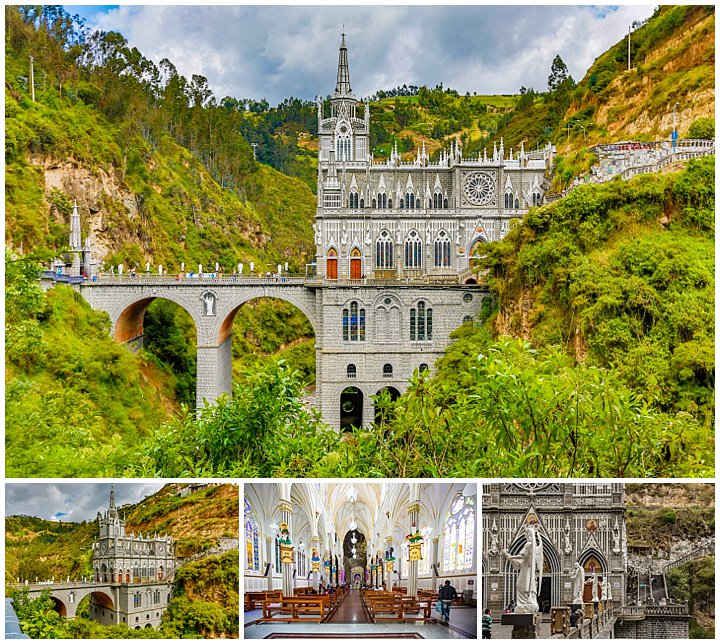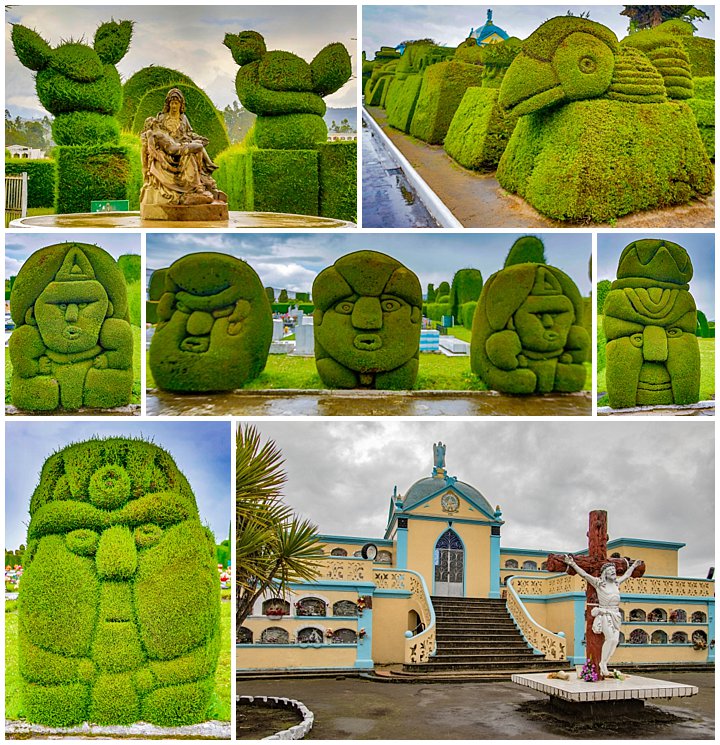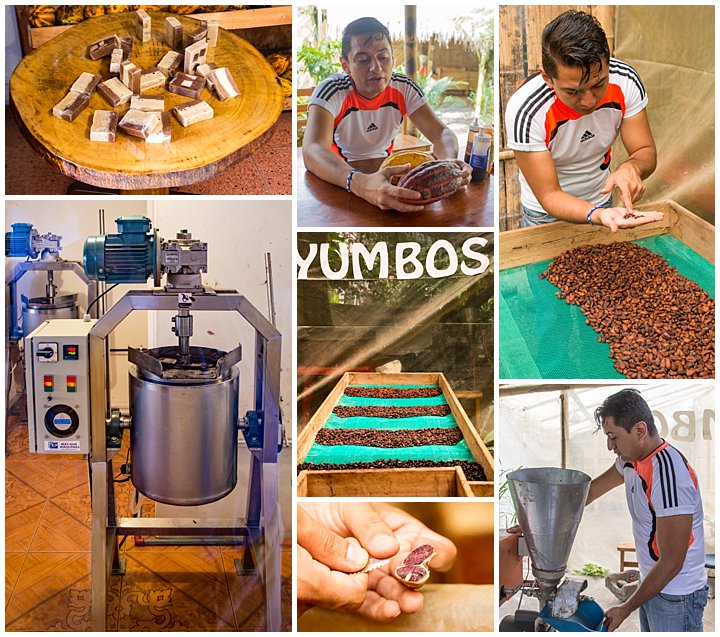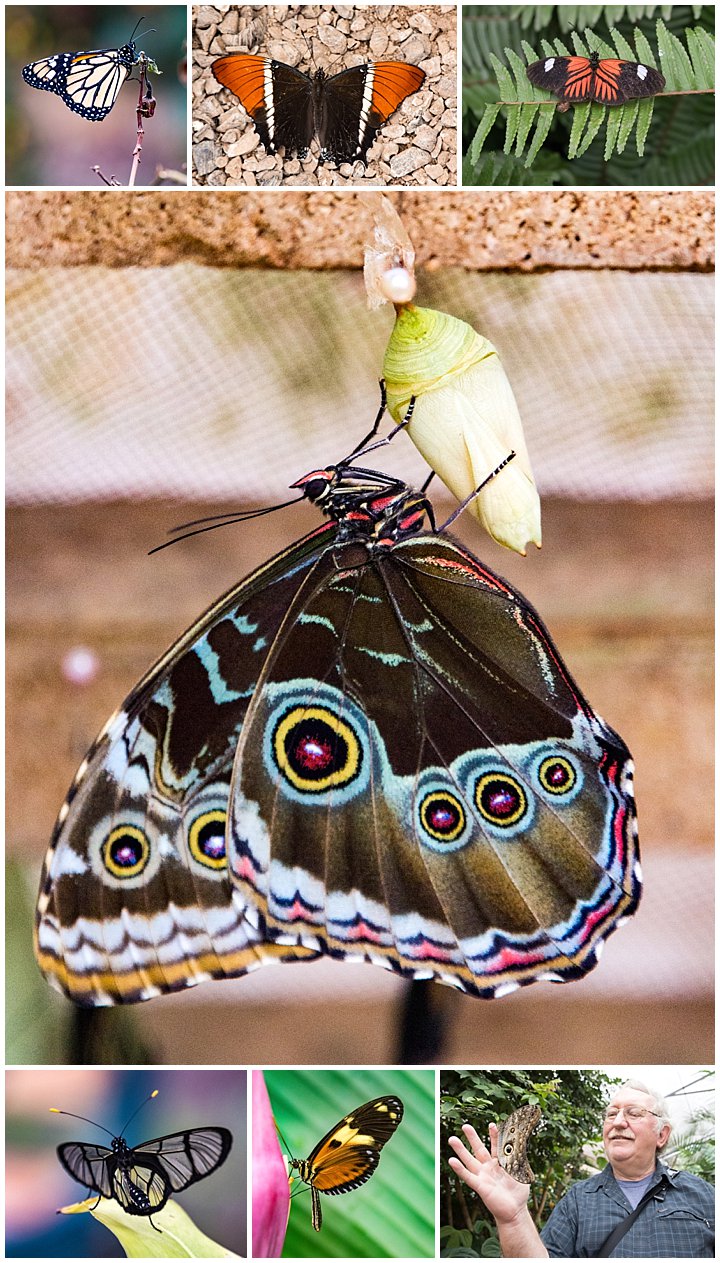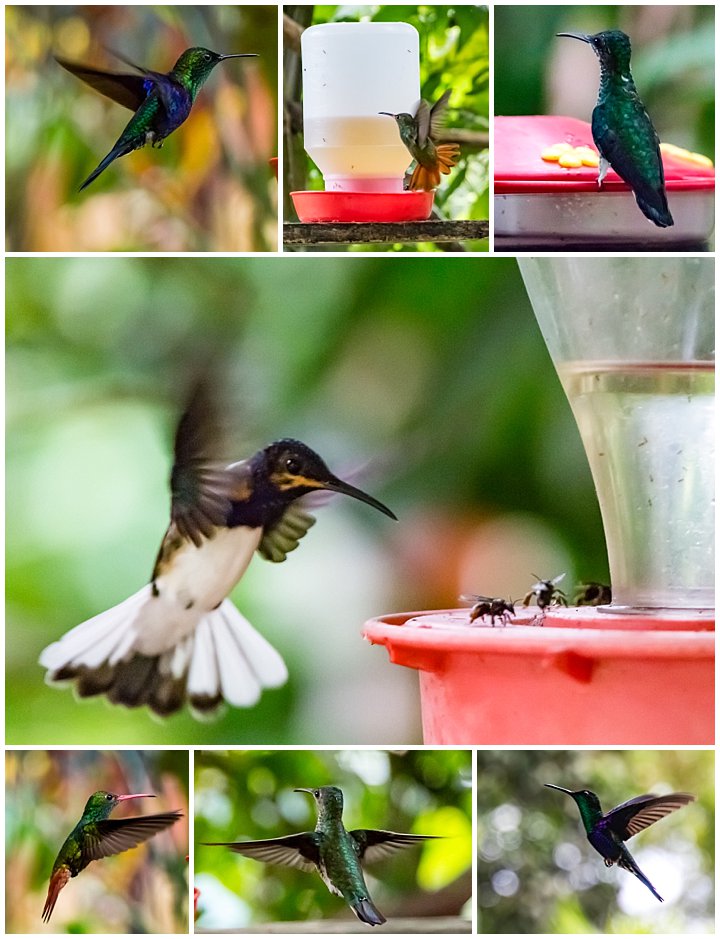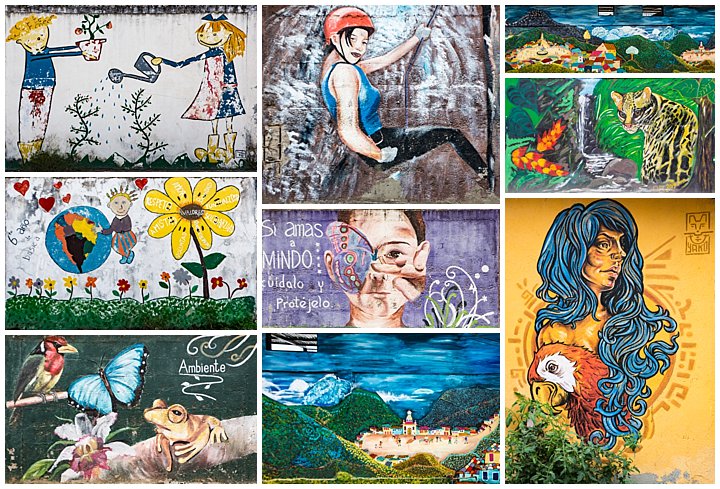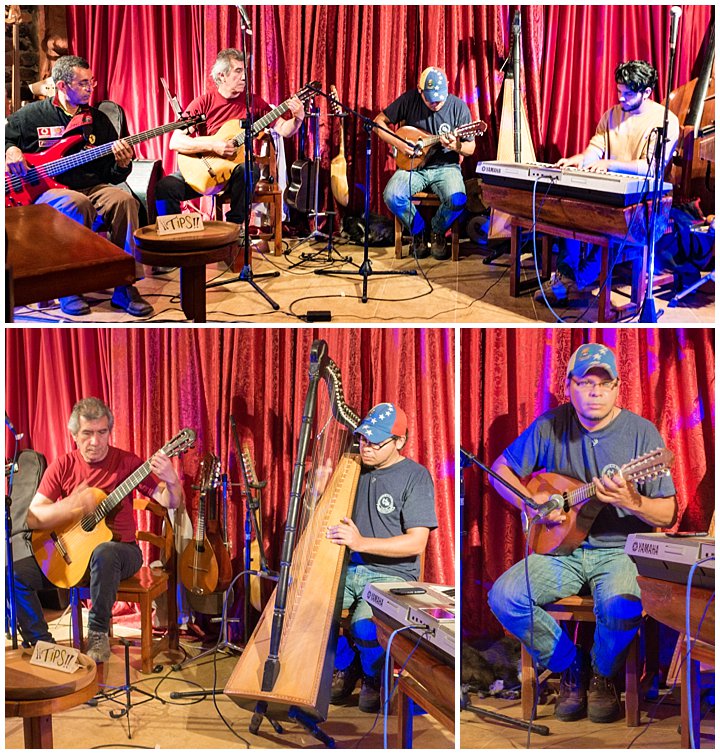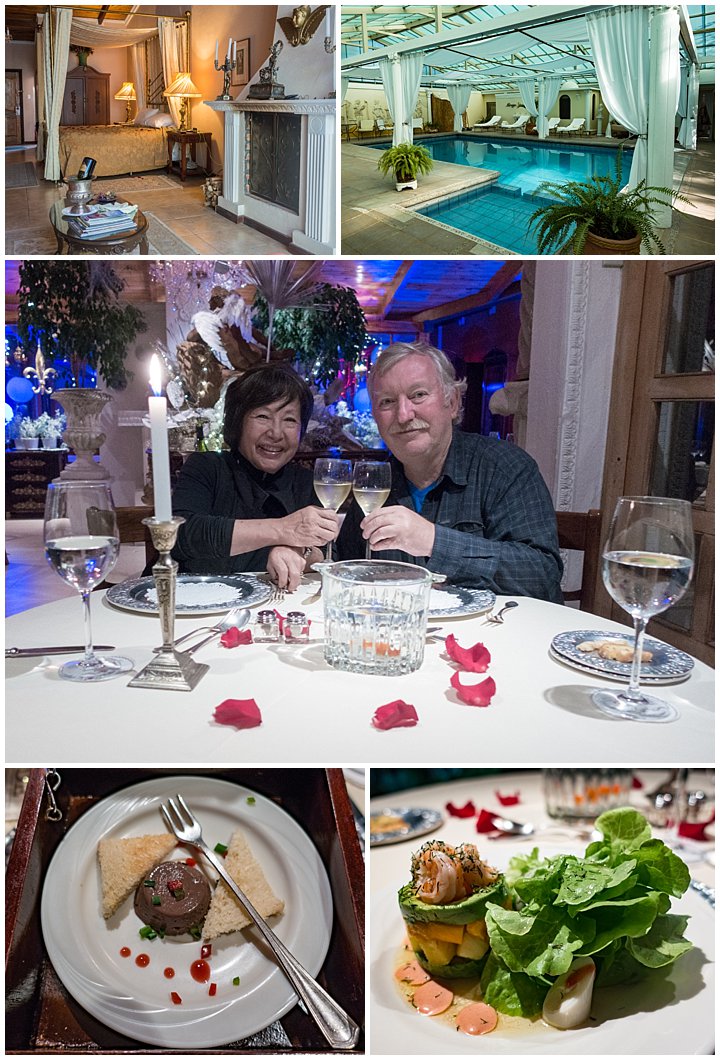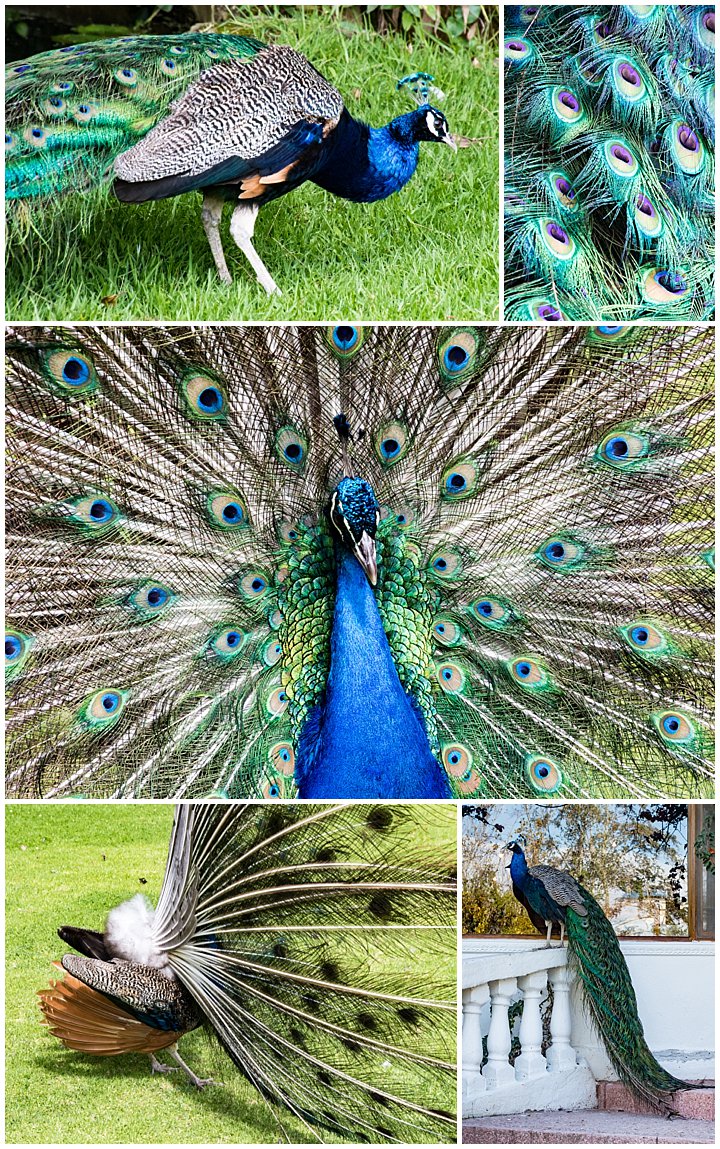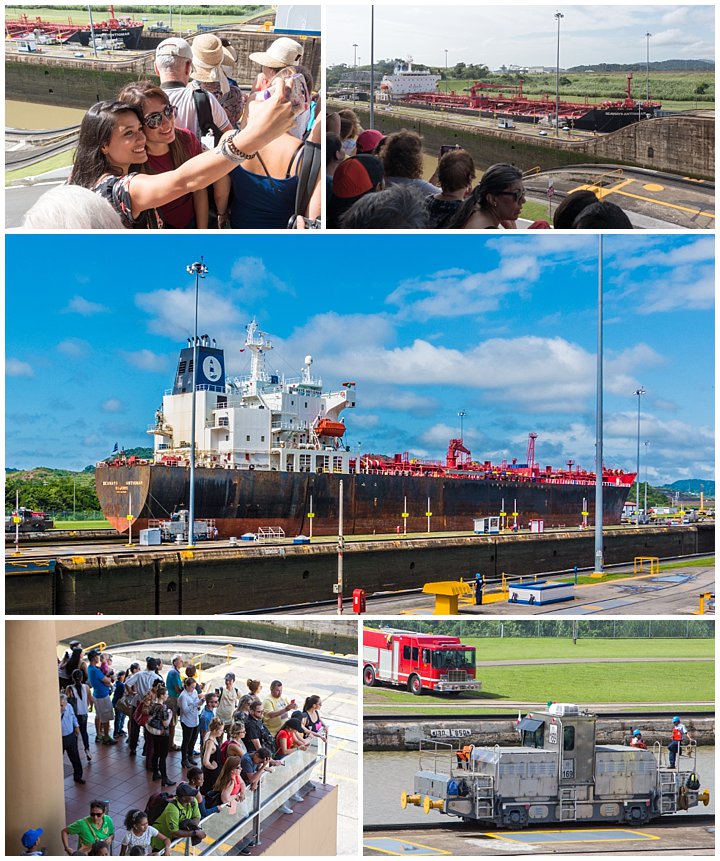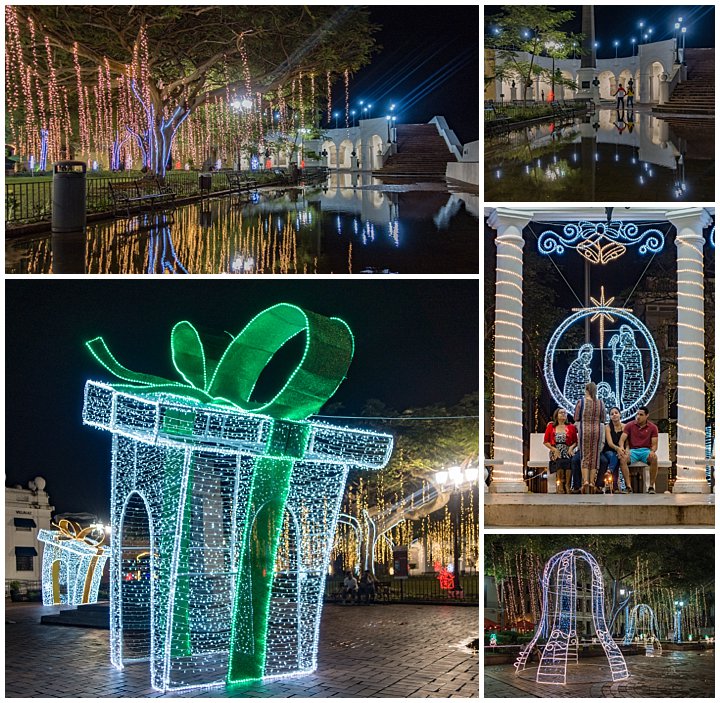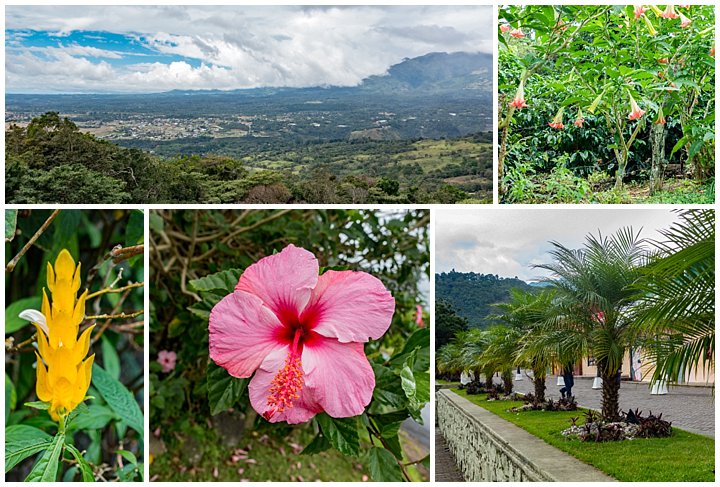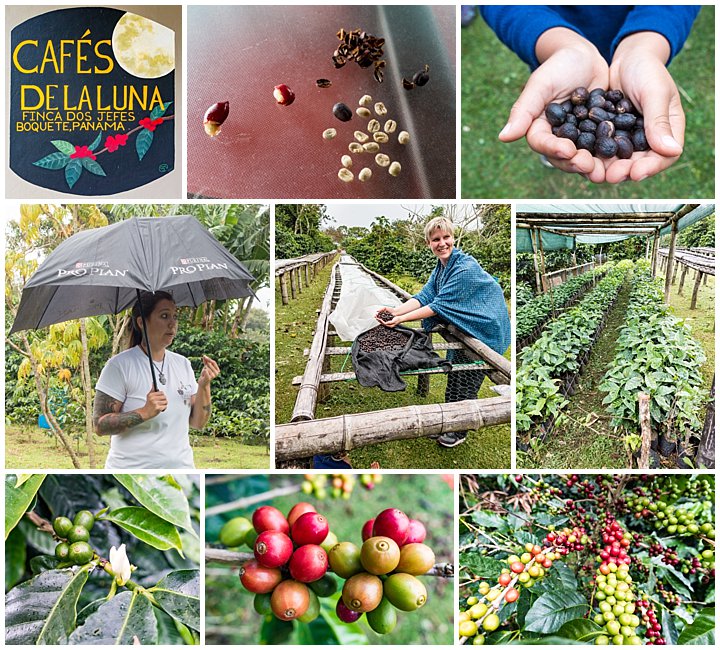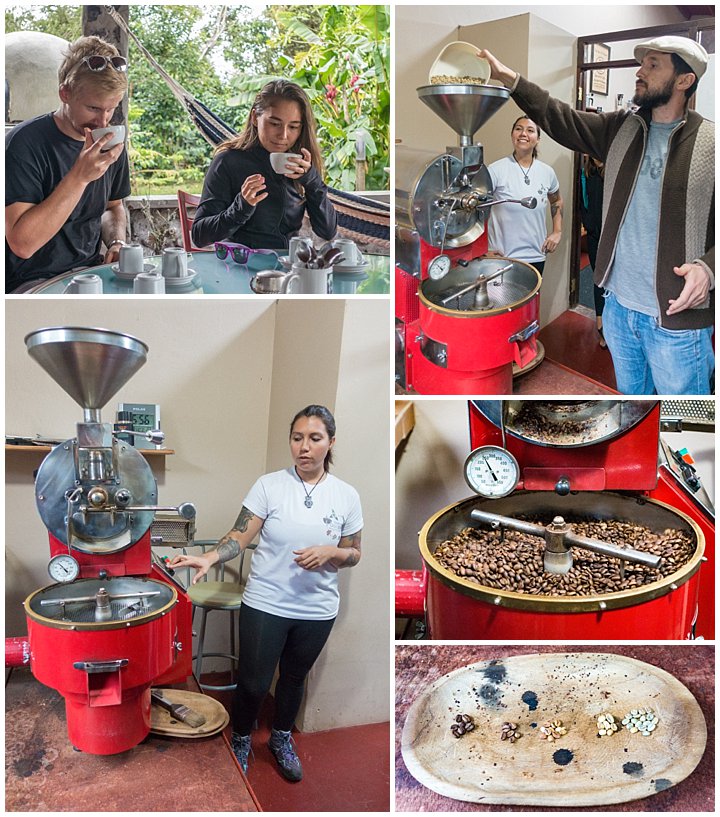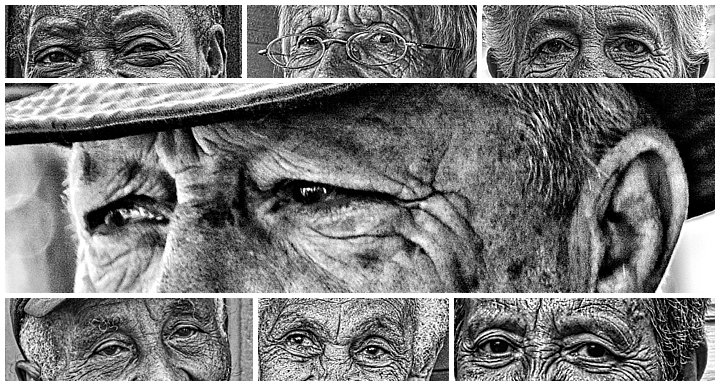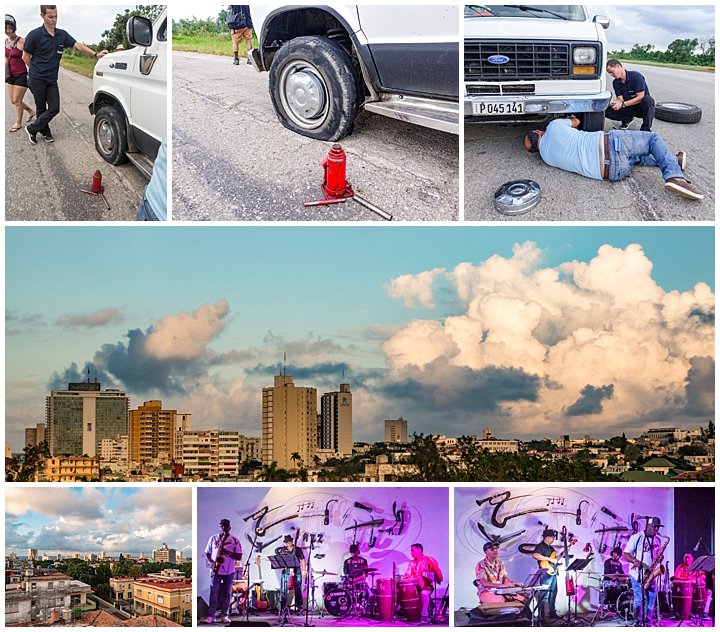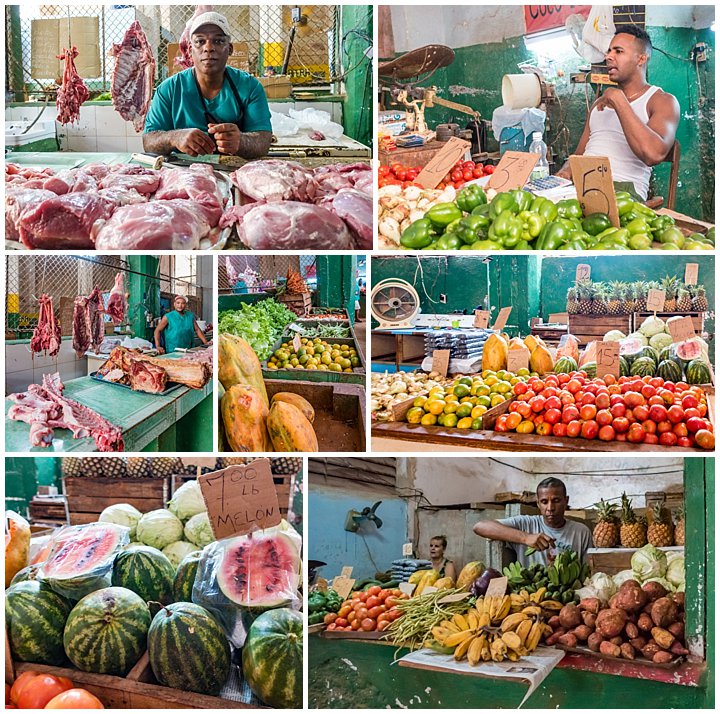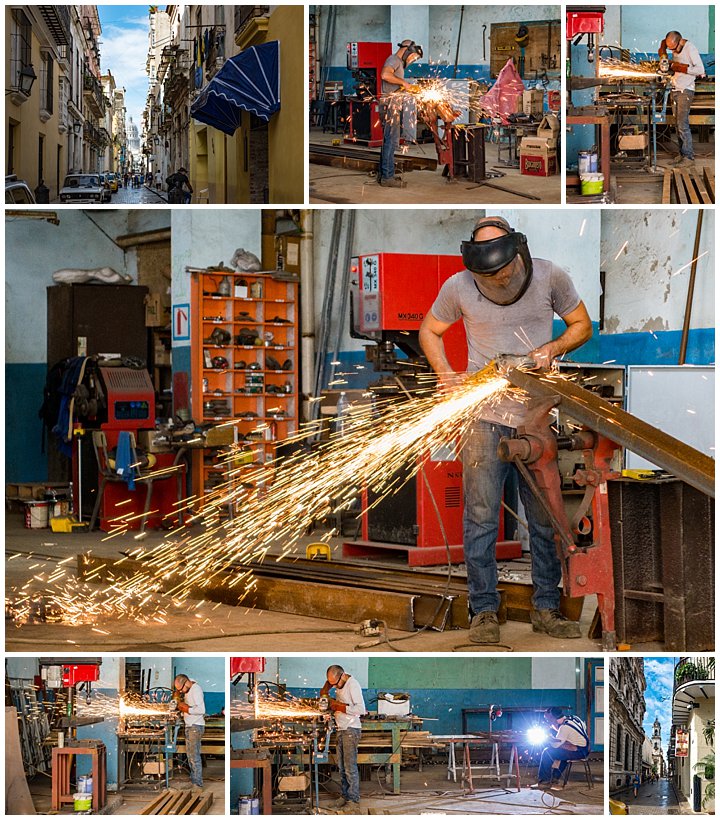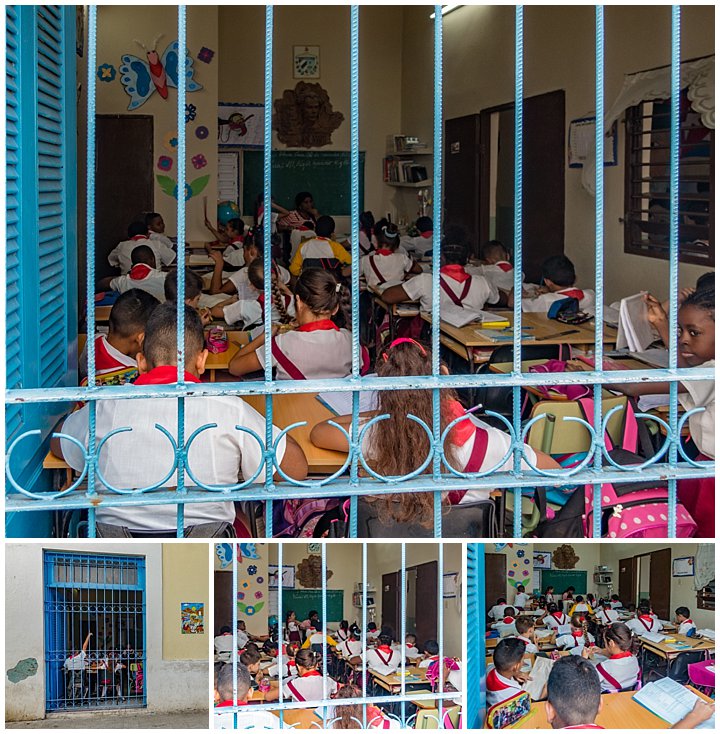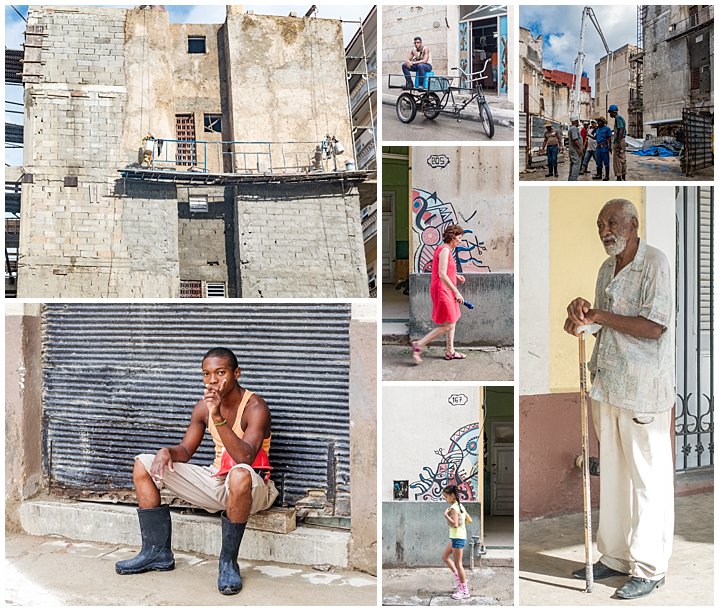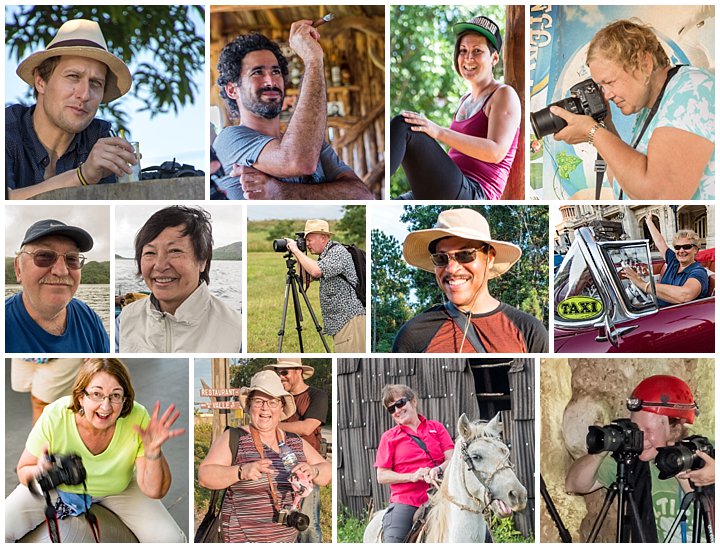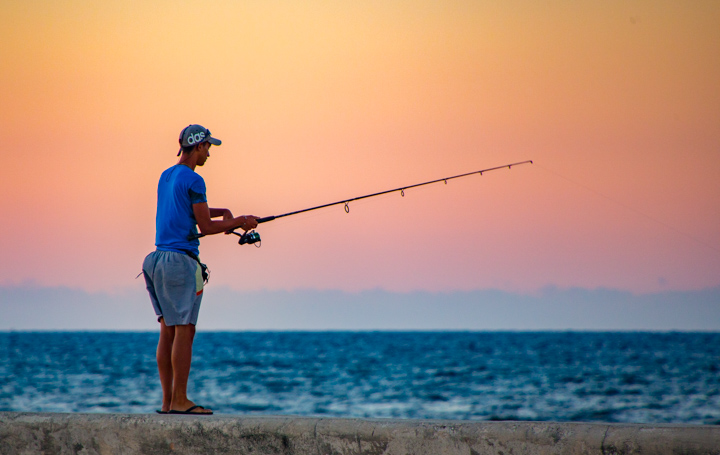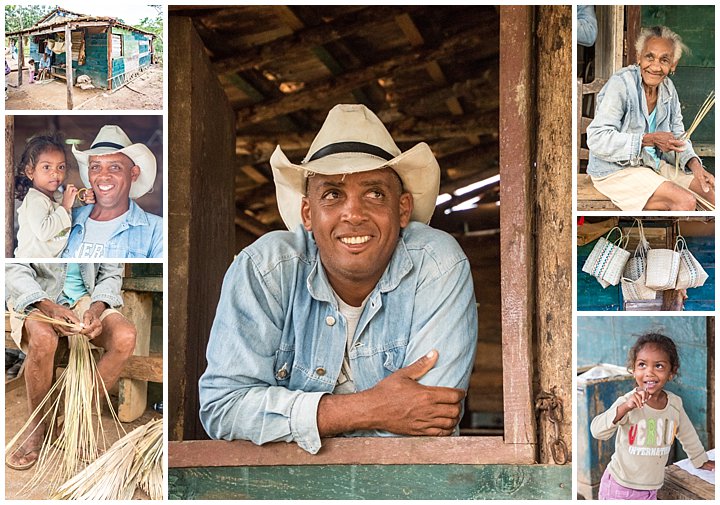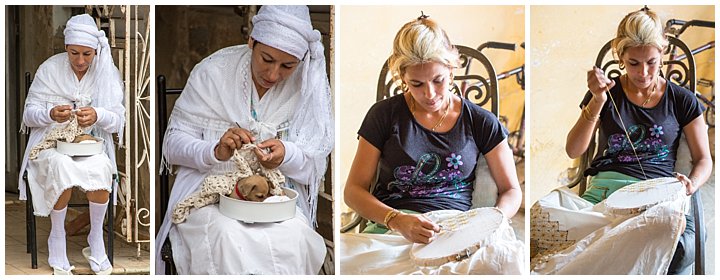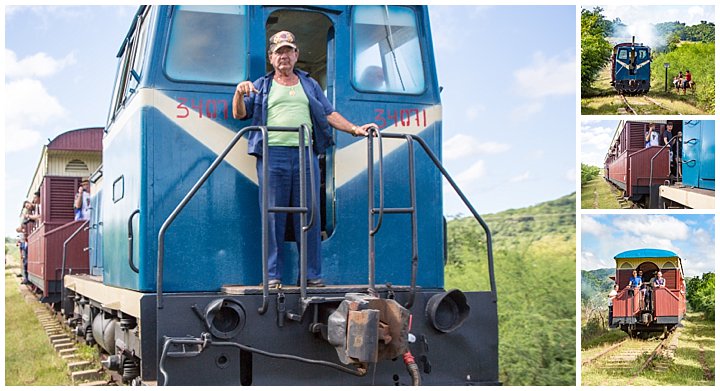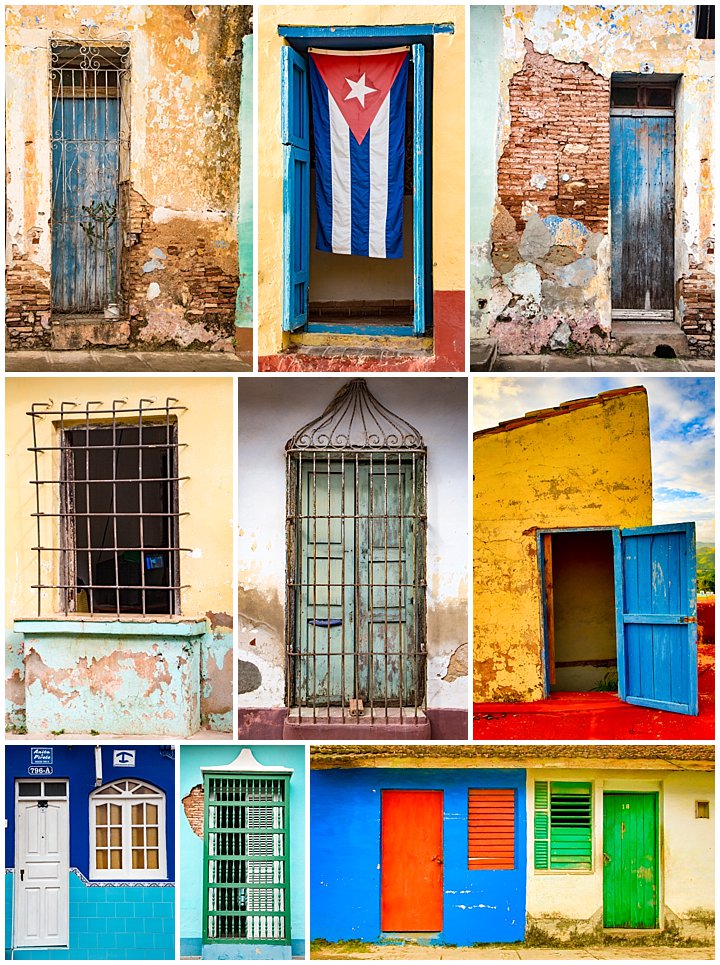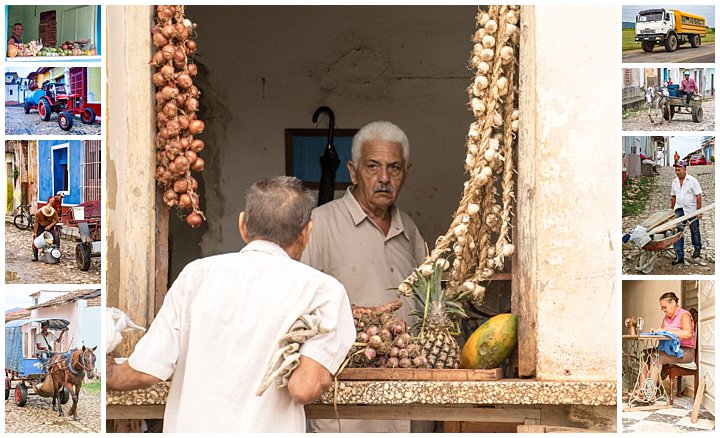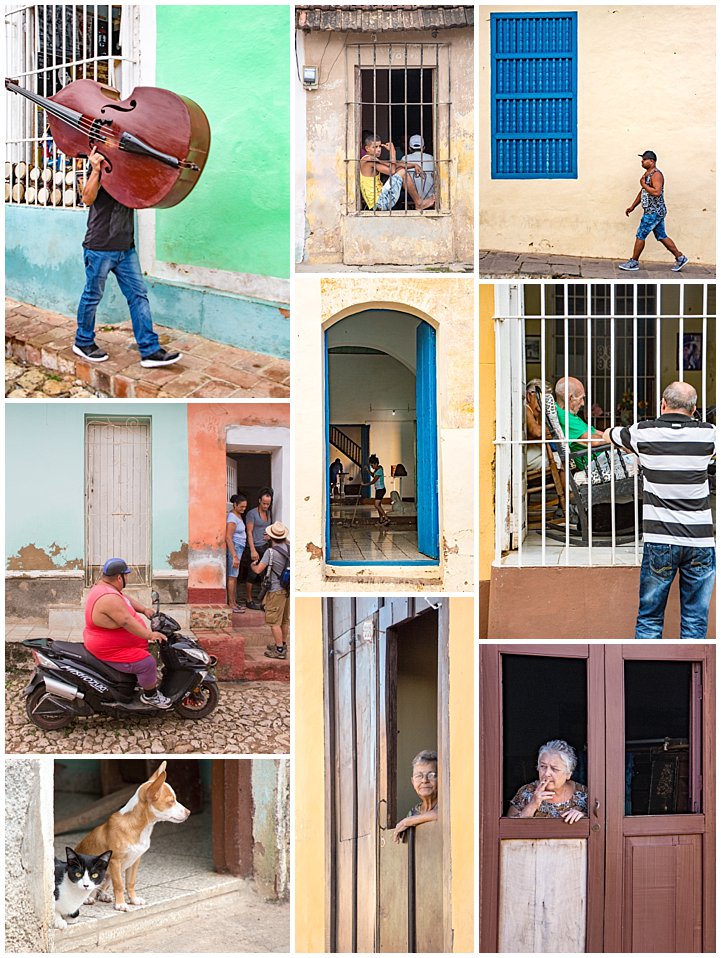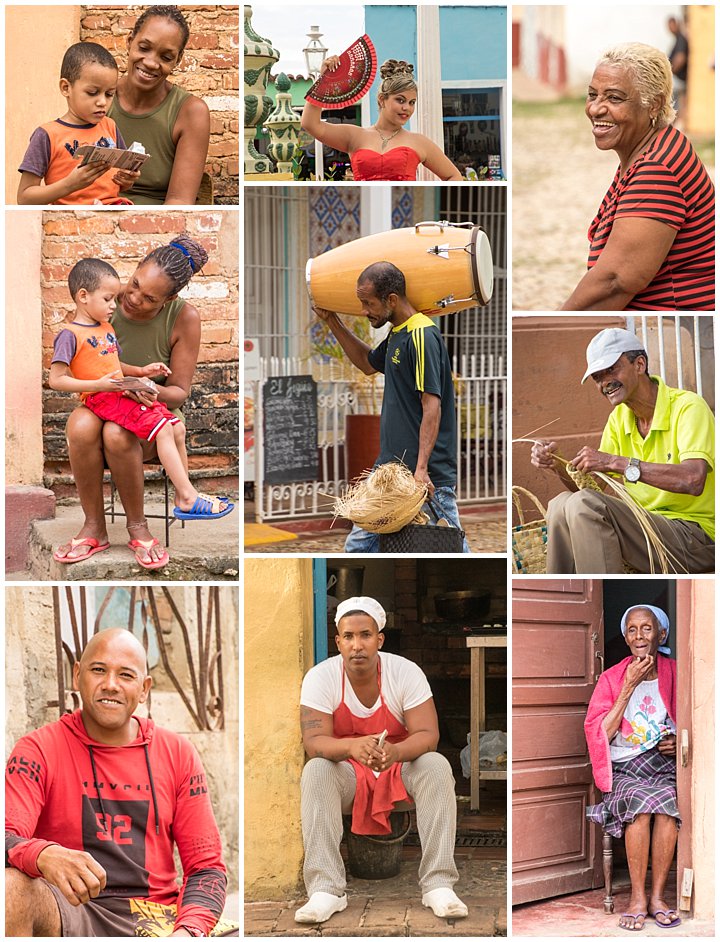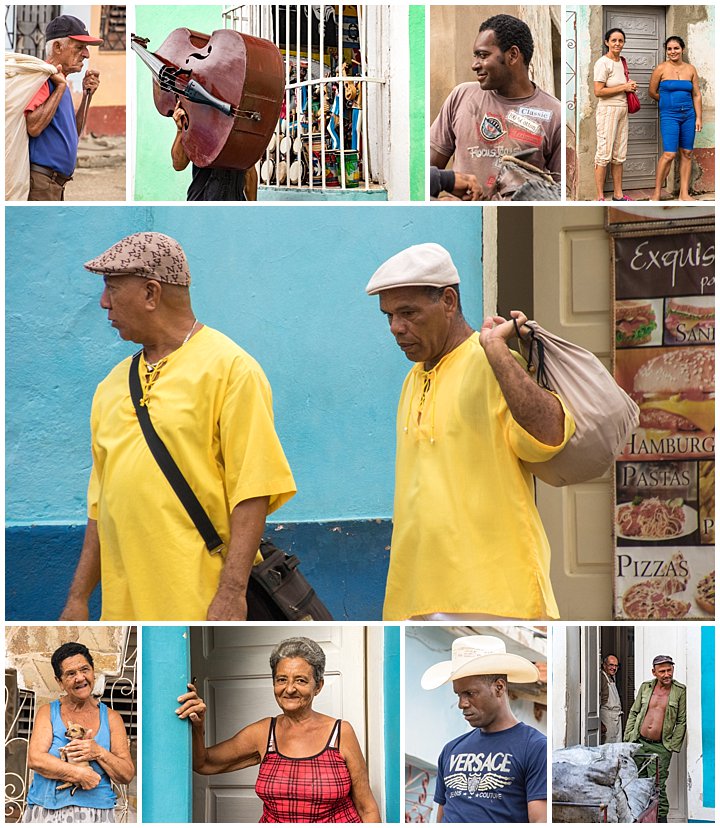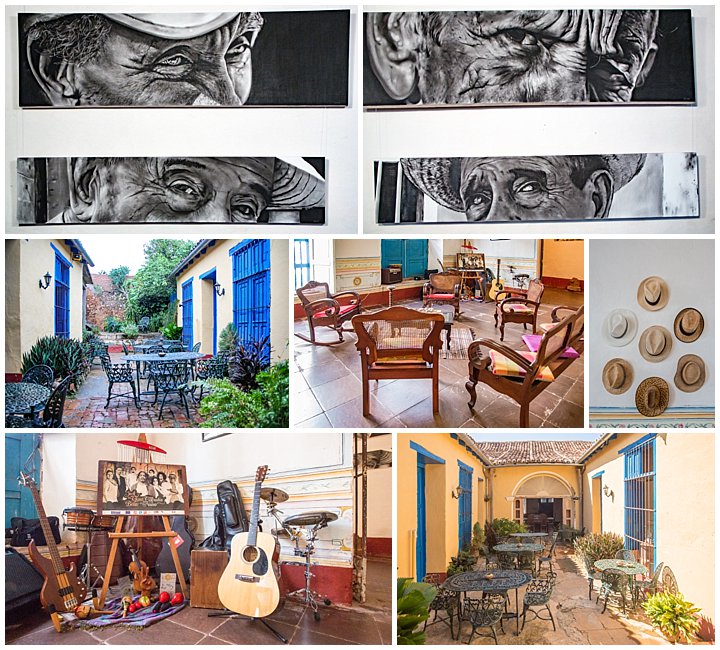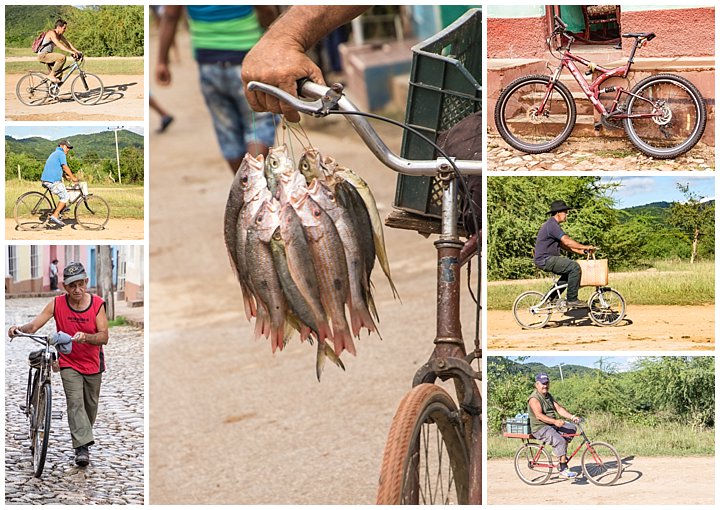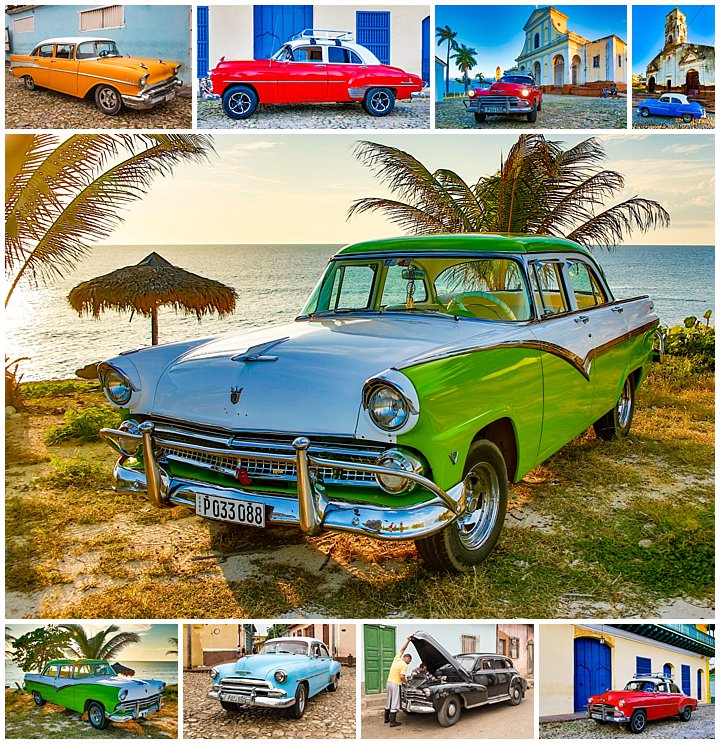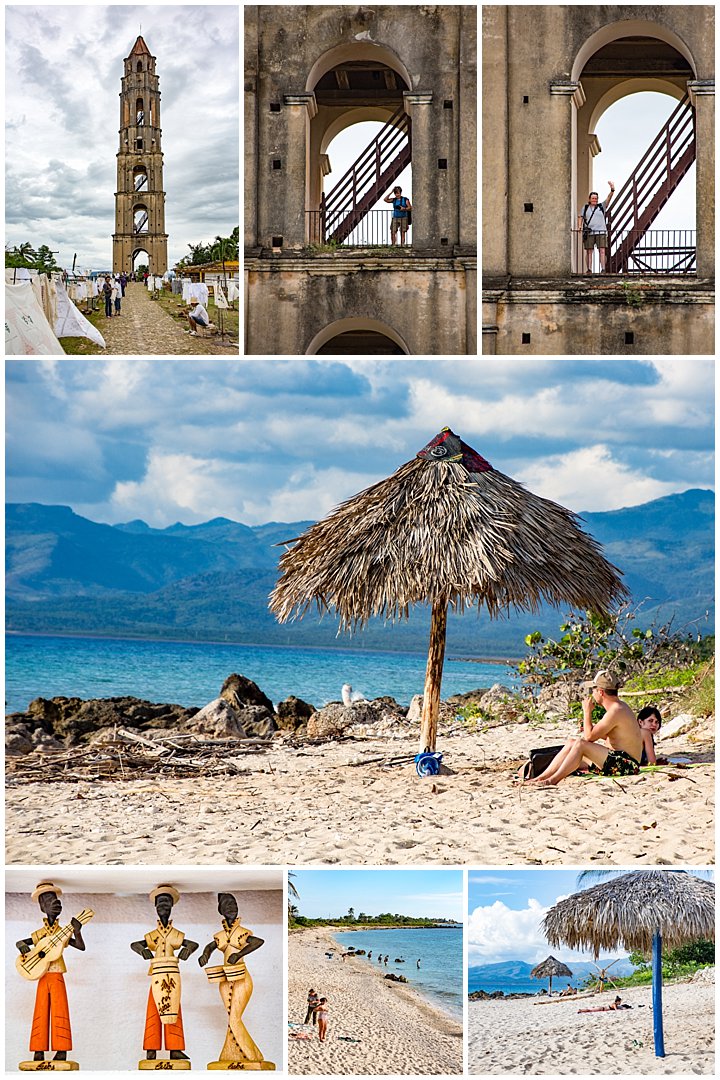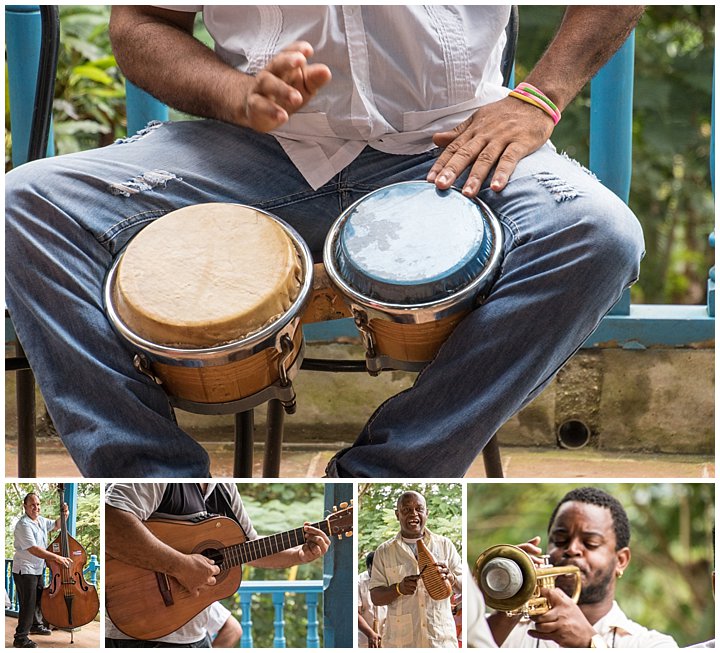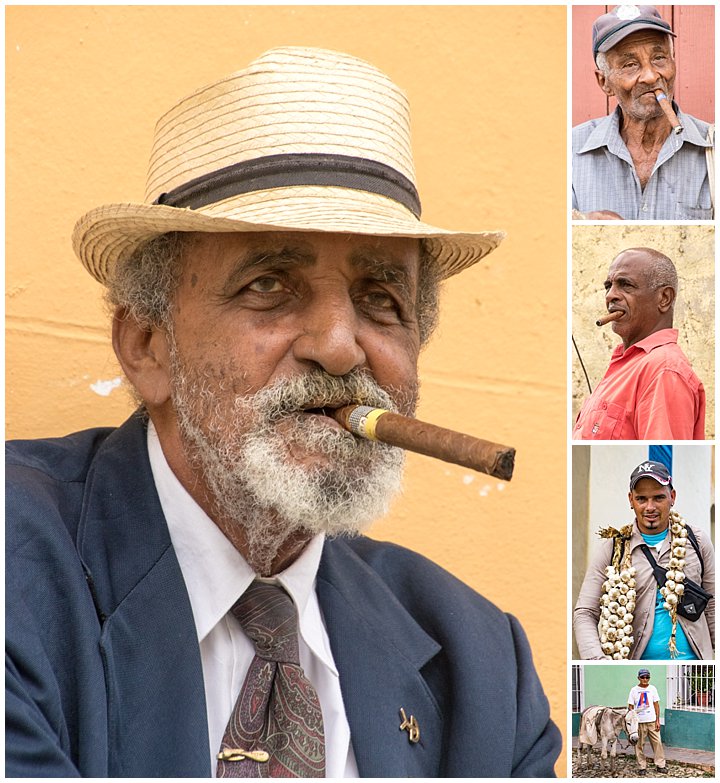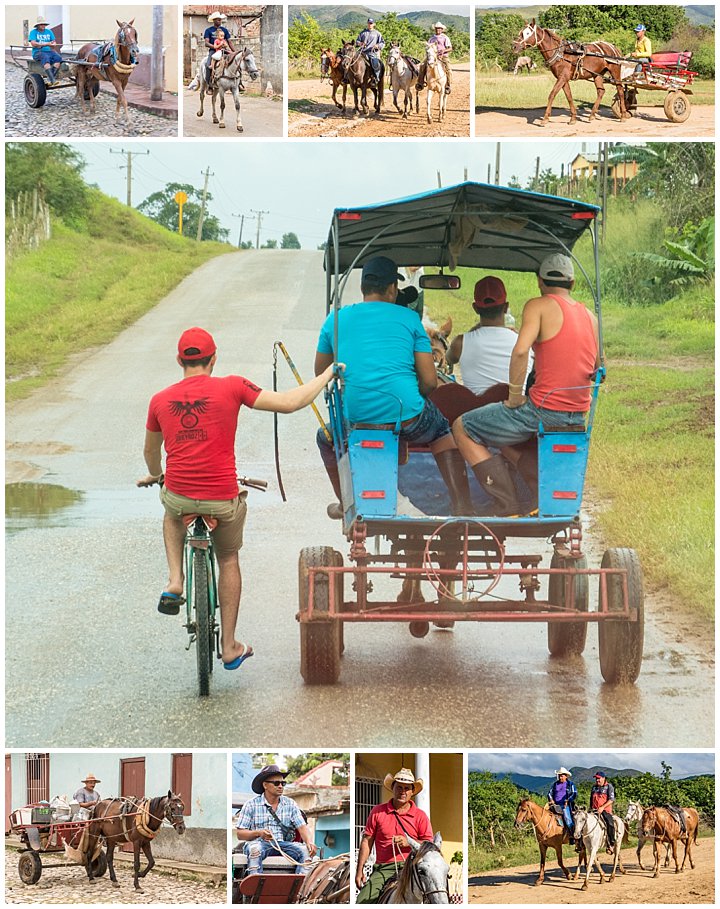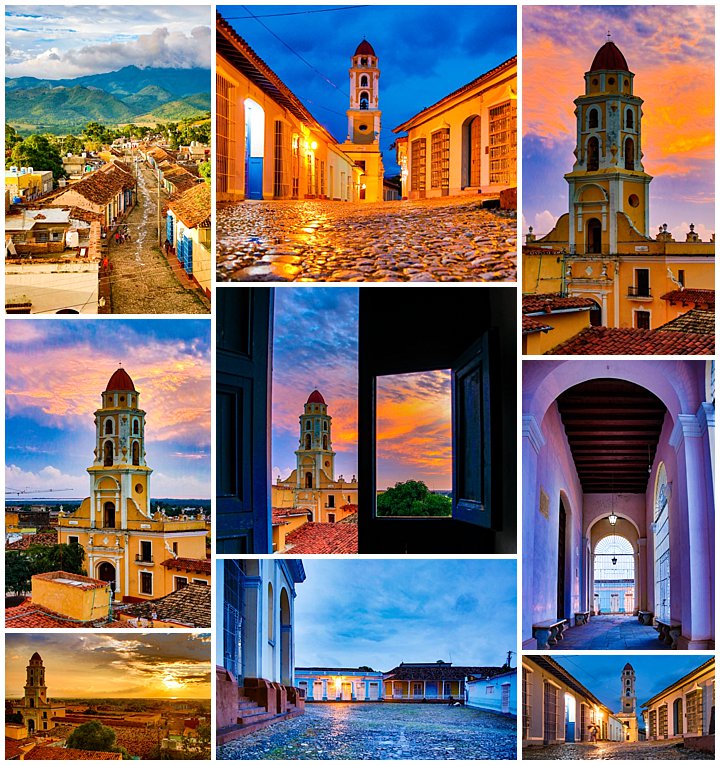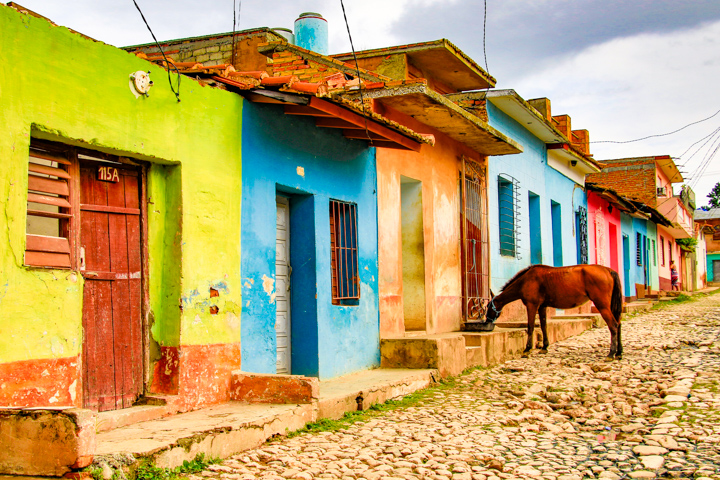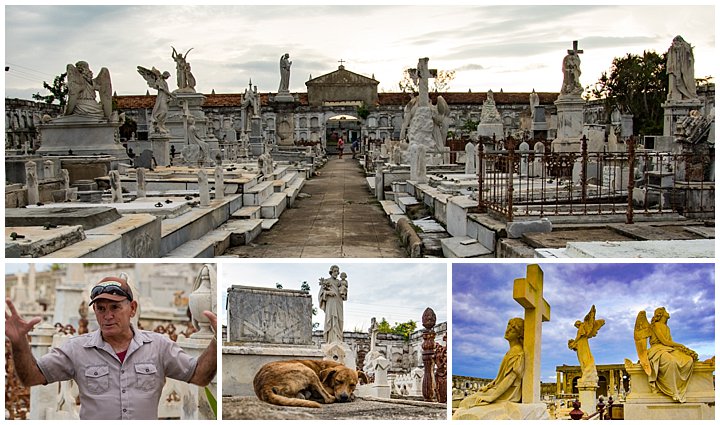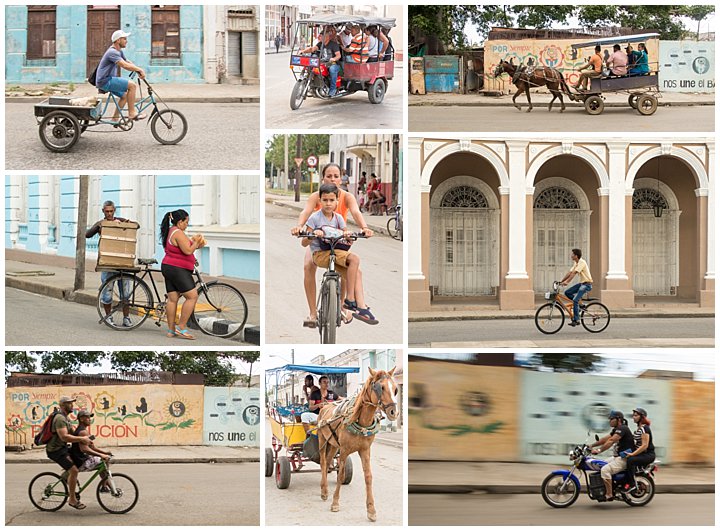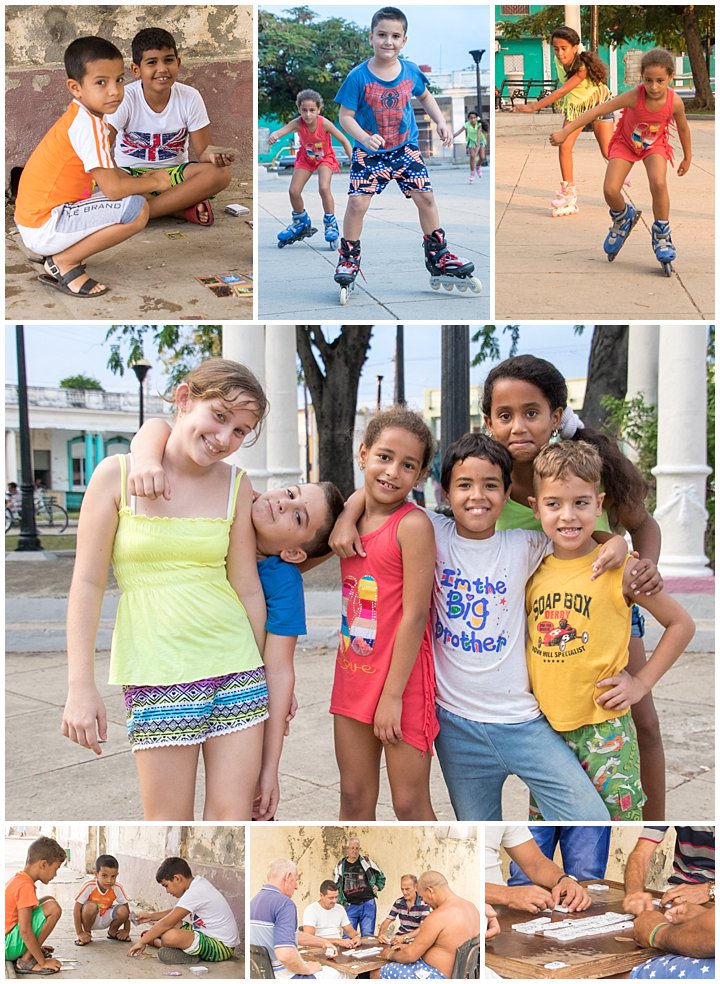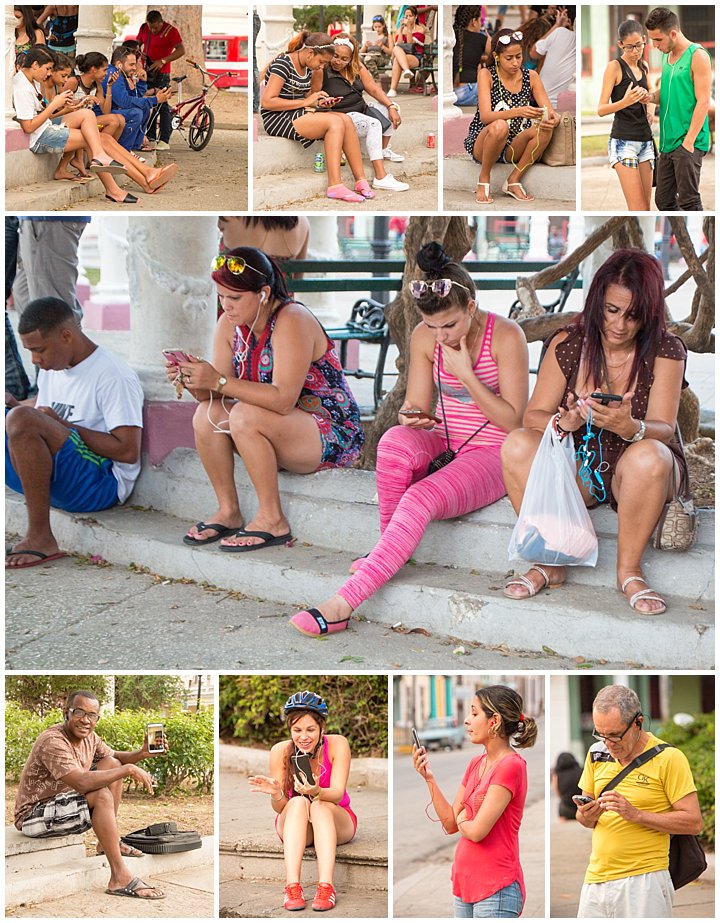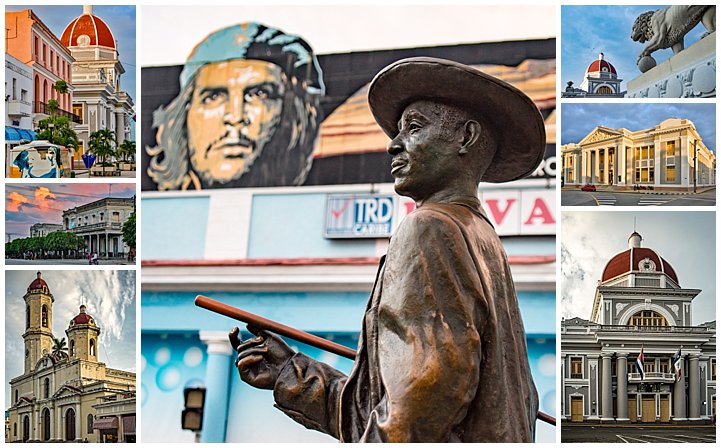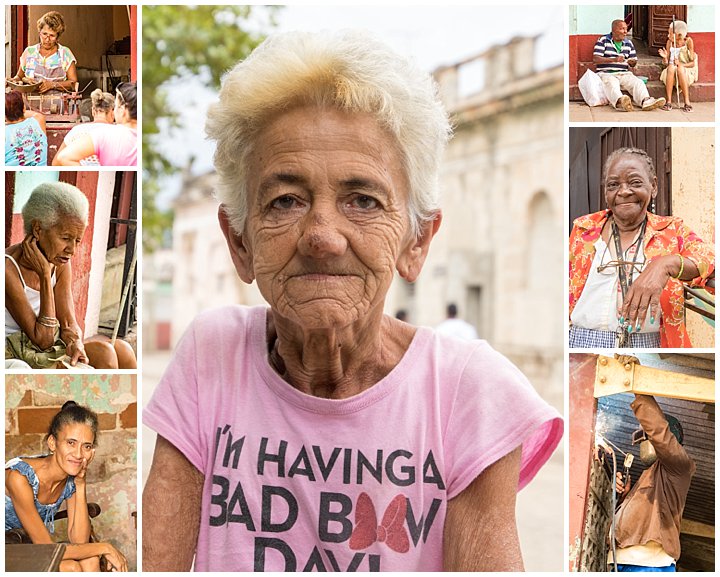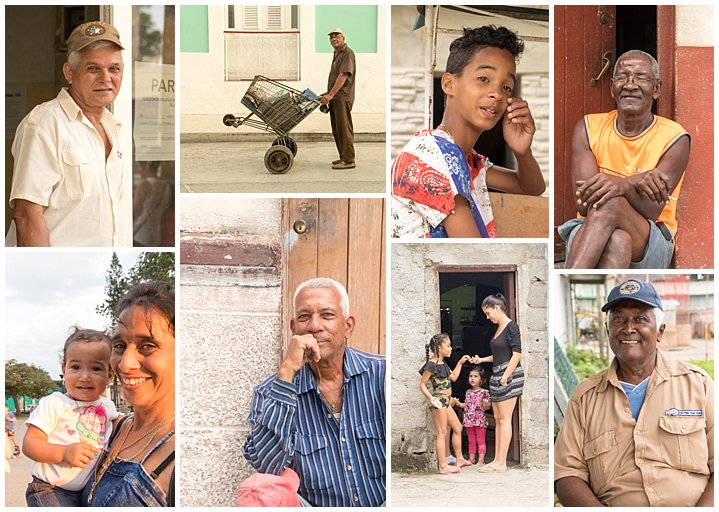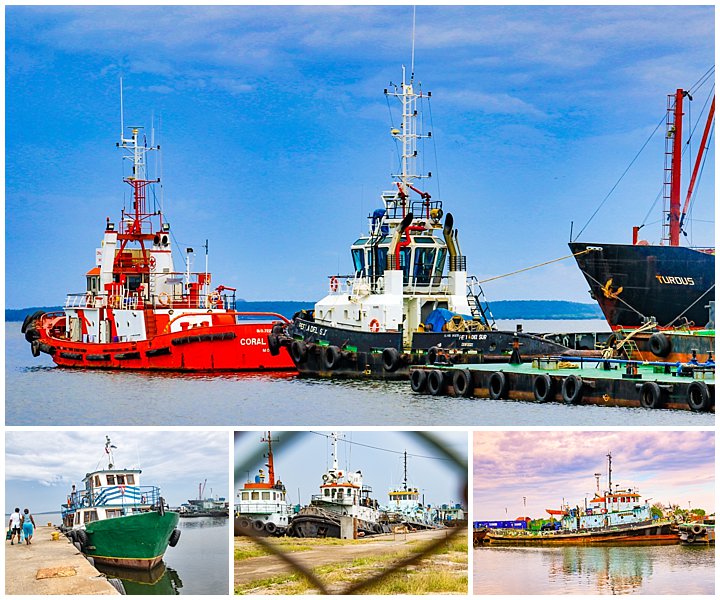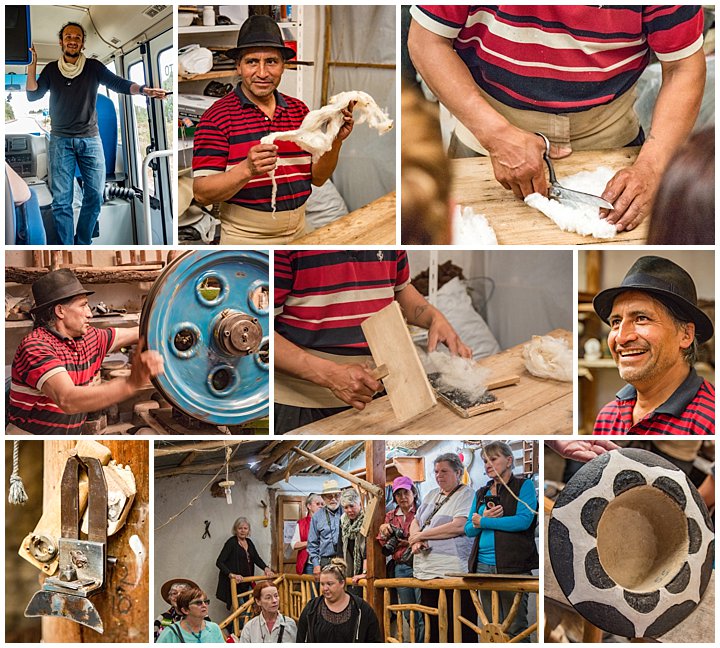
We joined Esteban Arevalo today, with 20 others, for a visit to Saraguro and their Kapak Raymi (December solstice) festival celebration. Saraguro is a tiny town of only 9000 residents, about a two hour’s drive outside Cuenca, and known for their traditions. We were told we would be seeing a parade in Saraguro, and have lunch. Well… we didn’t get exactly what we expected… but the actual trip was in many ways better than promised.
Esteban spent much of the drive telling us the history of the region and celebration, as he is seen top-left above standing in our mini-bus doing so. Saraguro is rather famous for the fact that many of the residents wear very distinctive hats with “cow spots” on them. Esteban took us to the workshop of one of the last makers of these hats.
The process is entirely manual, with only a couple small steps aided with machinery that Tayta Jose Francisco invented. One such machine is shown middle-left above, which repeatedly pounds the wool. You can see a video of this machine in action, along with Esteban’s translation of the explanation, in the video at the end of this post.
Most of the other images shows a few of the numerous manual steps in the process. Lower-left is one of his tools used to size a hat to a specific person’s head. The final product is shown lower-right, while you can see our group lined up watching the demonstration lower-center.
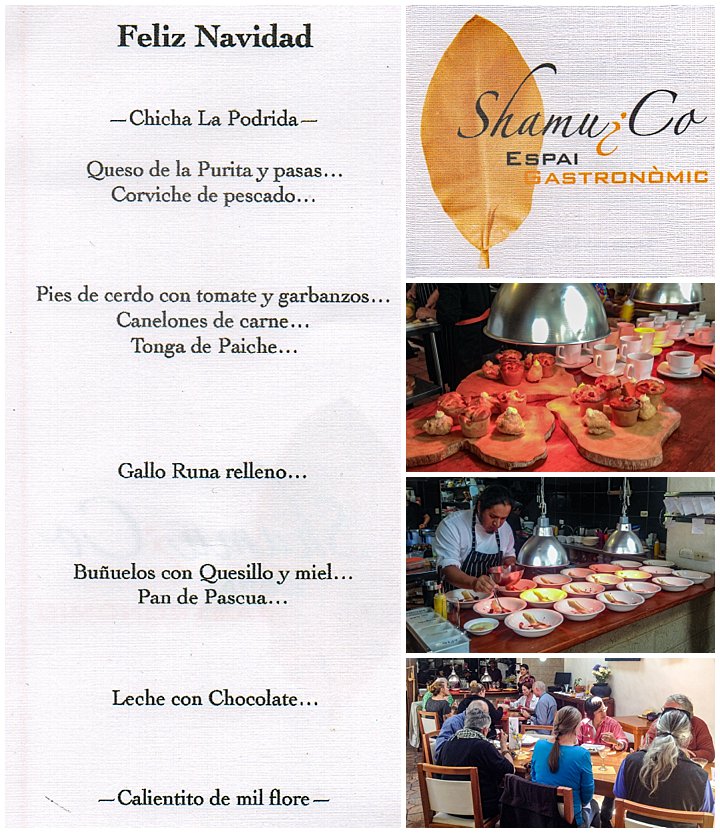
We were told that lunch was included. Hmmm… that doesn’t even begin to describe it! This was a world-class seven course menu that would have done well in Manhattan. The left column above shows the menu, but even that does not do justice to this meal at ShamuiCo Espai Gastronomic. This is a Michelin rated restaurant, one of the few in Latin America, thanks to their chef Samuel Ortega, who was trained in Europe. We had our 45th anniversary just a week ago at La Mirage resort and restaurant, and raved about that meal. This is every bit on par with that. If you are ever in Saraguro, this is NOT TO BE MISSED!
Note that I neglected to actually photograph the preparation of this meal, not knowing what to expect, and having the kitchen to my back. The three photographs above were all taken and supplied by our tour organizer — Esteban Arevalo. You can contact him via email (expcuriquingue@gmail.com) or phone at 098-440-0577 for info on future tours he plans to give.
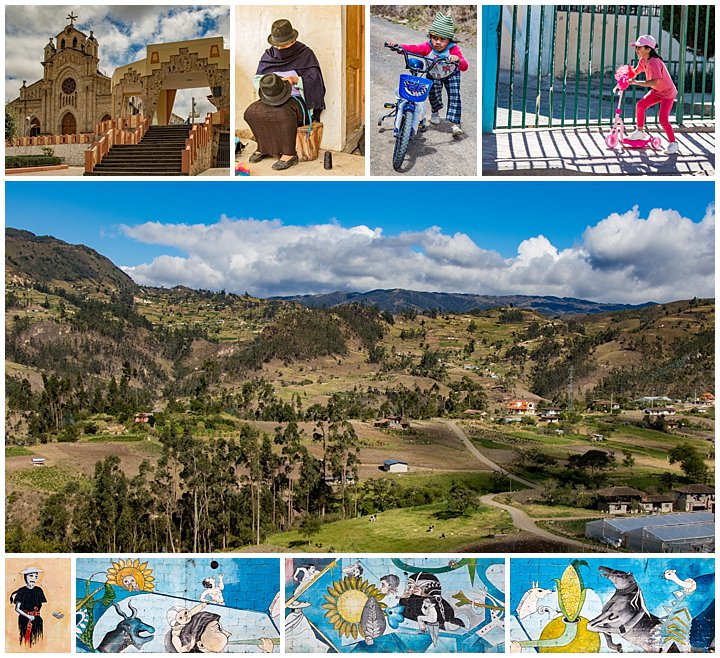
After lunch, we spent half an hour wandering the town. Since this was both the Christmas and Kapak Raymi weekend, the town was mostly deserted. This was another town with several professional quality murals displayed on walls (bottom row), and overlooking a picturesque valley (center).
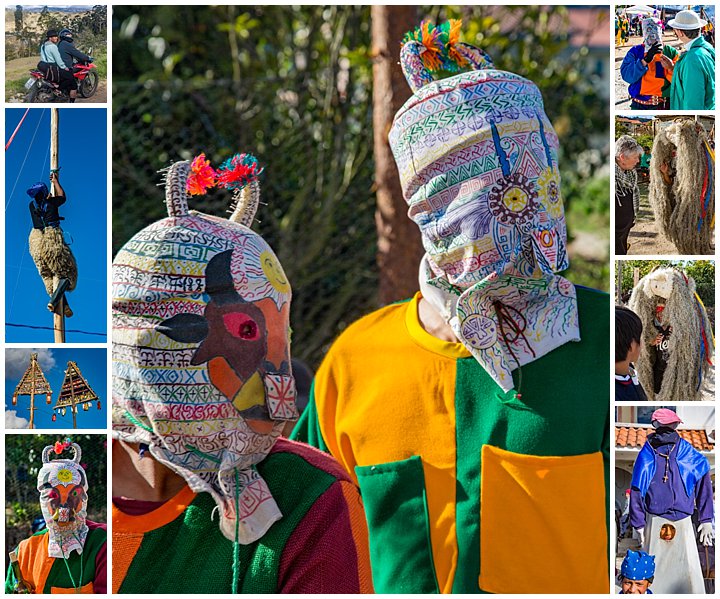
The Kapak Raymi festival takes place over several days, and it turned out the parade that we had expected was actually much earlier in the morning. Esteban instead took us to a private home where they were holding a community party in their yard. Strangers can’t just be party crashers at an affair like this, so we had Tayta Jose Francisco, a local friend of Esteban’s (upper left), lead us to the house, introduce us, and give a case of Coke and some other goodies as a “party gift.” Sure enough, that combination allowed us to be welcomed into the party!
We were told ahead of time to expect “Devils” to approach us and try to collect money. They won’t allow their photographs to be taken until they are paid. This is not just for foreigner guests like us though, but is done to everyone joining the party. The money (supposedly…) goes to the host of the party to help defray his costs, and buy candy for the kids.
Sure enough, we were approached by Devils (center, bottom-left and top-right) almost immediately upon entering. Pay your $1 coin (keep them separate from other bills, or they are known to grab the largest bill in sight!) and take all the photos you want… until they come around again, having “forgotten” that you already paid them. “Pago ya” (“I already paid”) became my refrane rather quickly…
We were also approached by “ghillie” (my term, based upon sniper camouflage, but no idea what they were really called here — Upper and Middle-right) and even kids in slap-on costumes (see the face in the middle of the image lower-right?).
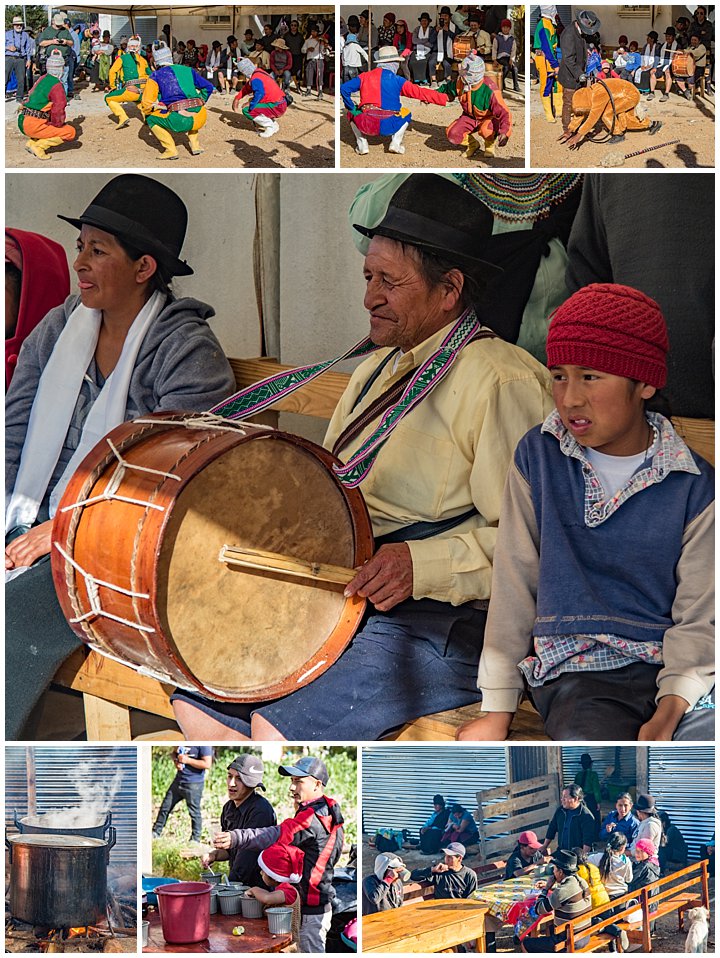
After some general mayhem, the entertainment started. An old man played a rhythmic drum, and another played the violin as the Devils danced. To be honest, they were not very good, and were clearly just kids horsing around, but there was no question this was an “authentic Ecuadorian rural festival experience!” There was also a kitchen with a couple of huge kettles (lower-left) cooking food, while a few young men handed out chicha (a locally brewed alcoholic drink, middle-bottom).
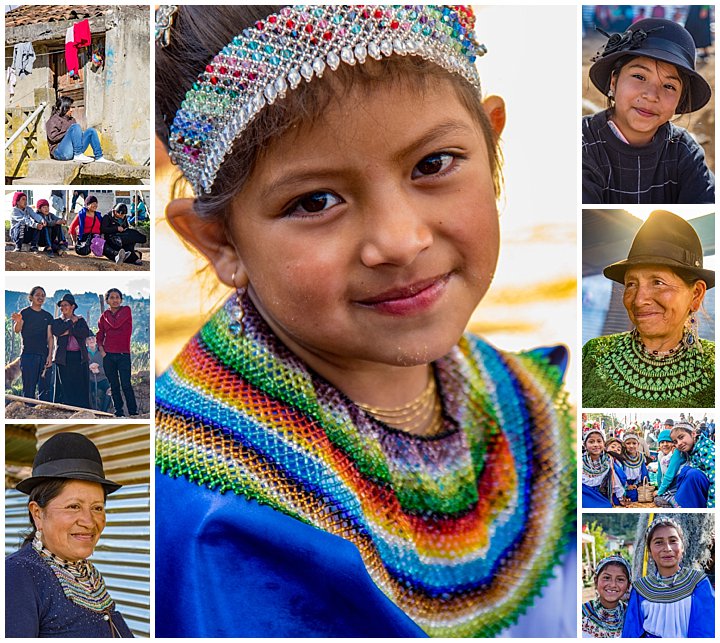
As always, we love to focus on the people in the audience and hanging around any event like this. Here are a few we saw this afternoon.
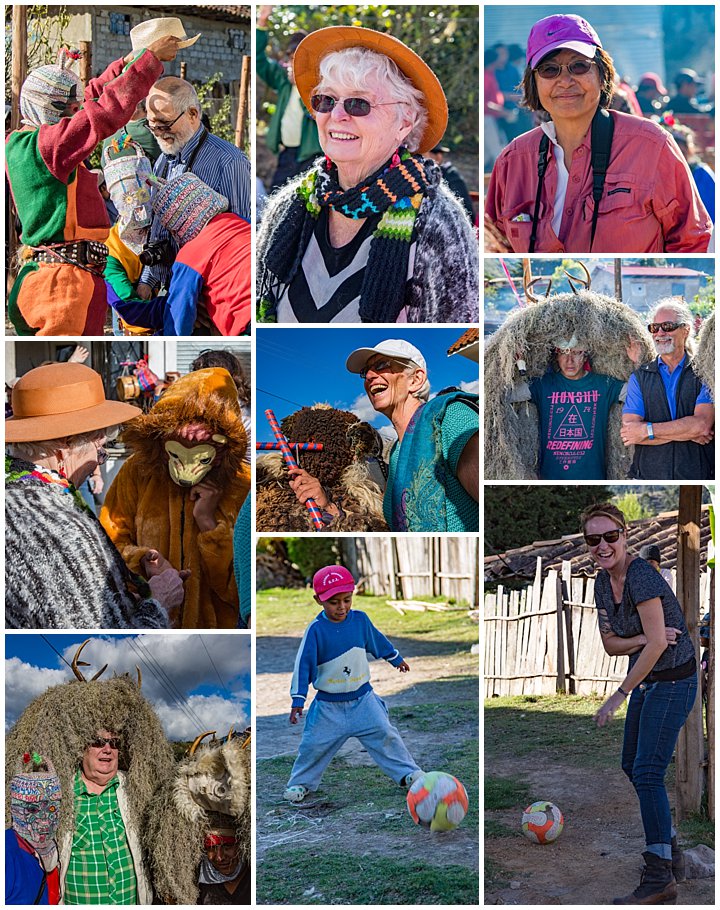
Here are (mostly) images of some of the people in our group, as they interacted with the festival. I say “mostly” because center-bottom is a local boy who was having fun playing soccer with Dawn (lower-right). Dawn is in Ecuador for a 90-day visit, and said she had never played soccer, but was having a ball playing with this kid.
Saraguro Hat Maker from Burt Johnson on Vimeo.
Here is a short 30-second video that shows one of the machines that Tayta Jose Francisco, our Saraguro hat maker invented, along with Esteban giving an English translation of his explanation.
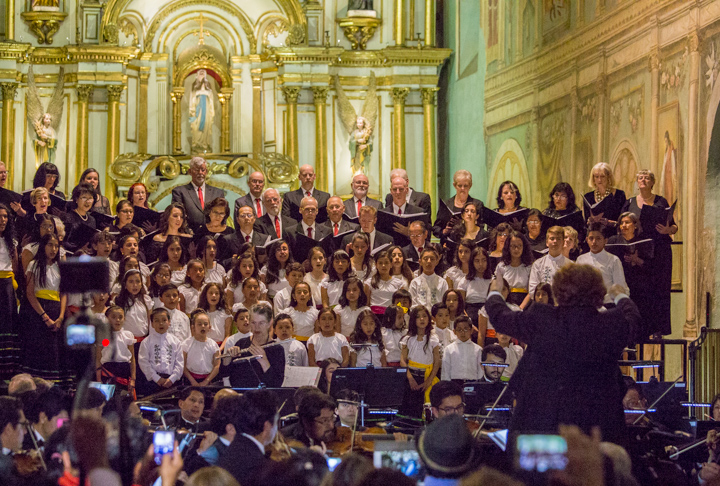 Many thanks to the Cuenca International Chorale, el Coro Infantíl from the Conservatorio “José Maria Rodriguez” of the city of Cuenca, and the Cuenca Symphony Orchestra for their Christmas concert at the old cathedral (
Many thanks to the Cuenca International Chorale, el Coro Infantíl from the Conservatorio “José Maria Rodriguez” of the city of Cuenca, and the Cuenca Symphony Orchestra for their Christmas concert at the old cathedral (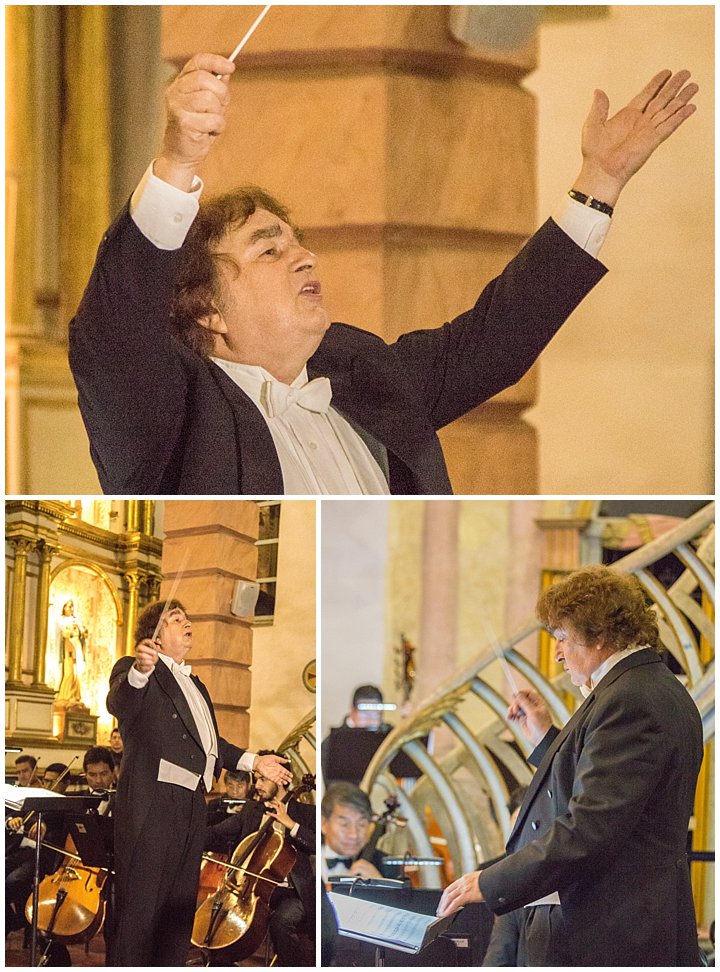 For the first time, the Cuenca Symphony Orchestra, under the baton of our favorite conductor,
For the first time, the Cuenca Symphony Orchestra, under the baton of our favorite conductor, 